Easy to make homemade gluten free flour blend – perfect for baking cookies, muffins, cakes, and more.
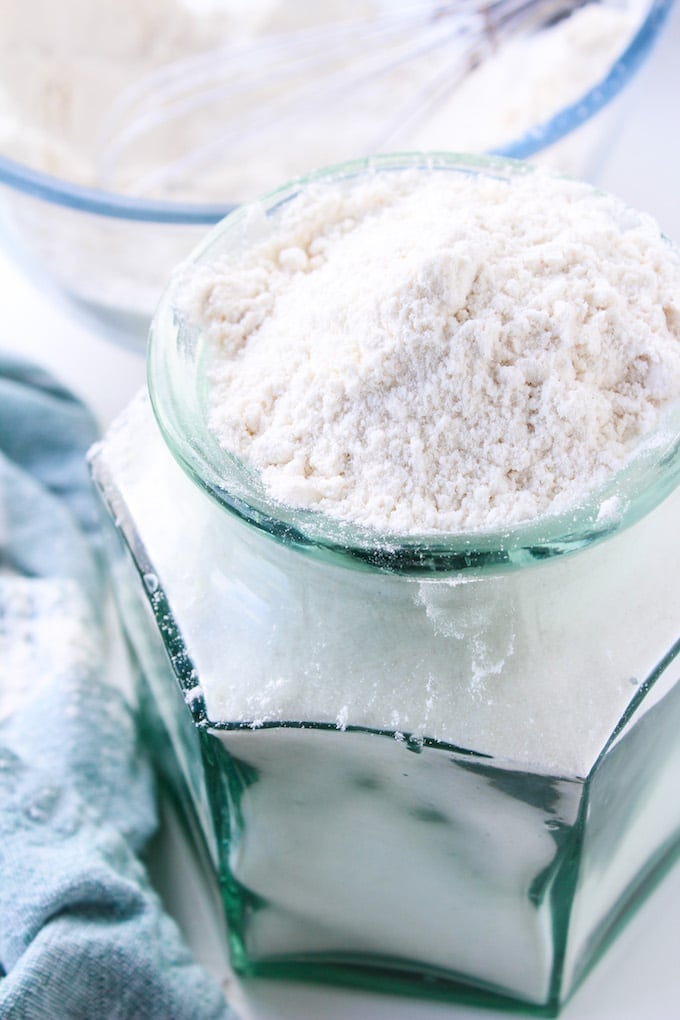
I distinctly remember one particular conversation I had with a friend of mine several years ago. Her dad was going through a few health issues and needed to get tested for a number of things – one of them to rule out Coeliac Disease. Our conversation went a little something like this….
Me: Wait. What’s Coeliac Disease again?
My friend: I think it’s when you’re allergic to gluten – like in bread and pasta.
Me: Oh wow, that would be horrible. I could never do that. I’d miss pizza and bread too much. I’d be so skinny though.
Man, I can be such an idiot.
I also used to say that dating people you meet online is weird and I would never do it because there’s no way you could really get to know a person without being in their actual presence. Ha!
So naturally, here I am. Years later I’m married and living in a new country with the love of my life, a man I met online. The first time we met in person was after 10 months of getting to know each other via Skype chats and Facetime calls. By the time he was finally able to make the journey from England to Arizona, being together felt like the most natural thing in the world.
And it’s because of this man that I now have this gluten free food blog, dedicated to spreading awareness about Coeliac Disease and proving that a life without gluten is every bit as tasty as one without is….just without as many dining out options.
Life has a funny way of putting me in my place.
Also, eating gluten free definitely does not make you skinny.
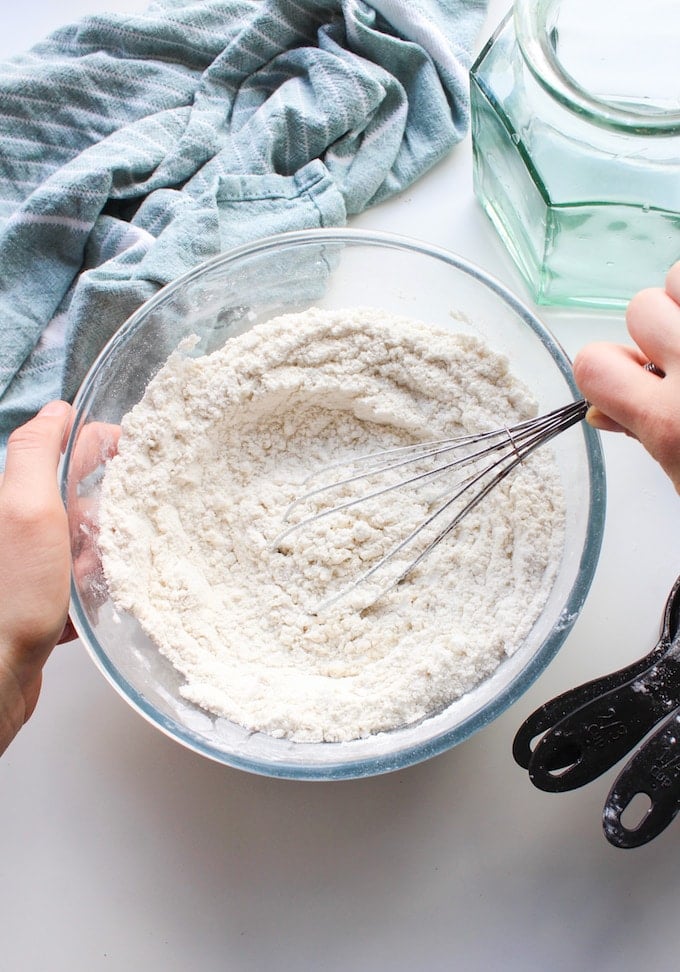
Gluten Free Baking
I think when most people learn that they or a loved one have to give up gluten, it comes as a huge loss – and with reason. Here’s this thing called gluten and it’s everywhere. It’s more than likely a key ingredient in some of your favorite foods: bread, pizza, pasta, cookies, bagels….It’s almost literally in e v e r y t h i n g that isn’t a fruit or vegetable. Hell, it’s even used a filler in a lot of meat products. Giving up gluten for the average person means radically changing not only your diet, but your lifestyle. In summary: it sucks.
As someone who has loved baking for as long as I can remember, learning to bake gluten free has been….a process. It’s been a long, expensive, frustrating, but ultimately rewarding process.
If there is one thing to keep in mind with gluten free baking is that you need to have patience let go of your expectations. There are so many rules of baking that no long apply once you throw gluten out of the window and new rules to come and take their place.
For example, there’s no need to worry about mixing gluten free bread dough because there’s no gluten to over work. In fact, beating your cake batter for an additional 2-3 minutes is probably even a good idea because it adds air to the batter which allows for better rising.
Gluten Free Flour Blend
For this particular recipe I strongly recommend you do yourself a favor and invest in a kitchen scale. Because this blend will be used as an all purpose 1:1 substitute for gluten containing all purpose flour, it’s important that your measurements are accurate to begin with. If you still want to measure out the flour using cups then make sure to pack the flour into each cup and level off the top. When I measured and weighed my flours this way I was able to get within 5 grams each time.
Things to keep in mind about this gluten free flour blend
Make sure that you use potato starch and not potato flour. Potato starch will provide you with light, fluffy baked goods. The latter will break your teeth. However, tapioca starch and tapioca flour are actually the same thing so either label is fine for that one.
Make sure to check and double check that the flours you’re buying are free from cross contamination. Few things are more frustrating than when you buy flours for a gluten free flour blend only to realize that they are processed in a facility that handles wheat.
Finally, make sure that you take your time to blend all the flours together properly. Spend a couple of minutes whisking everything together, shake the flours around in a jar, and/or put everything in a food processor/ blender and go to town.
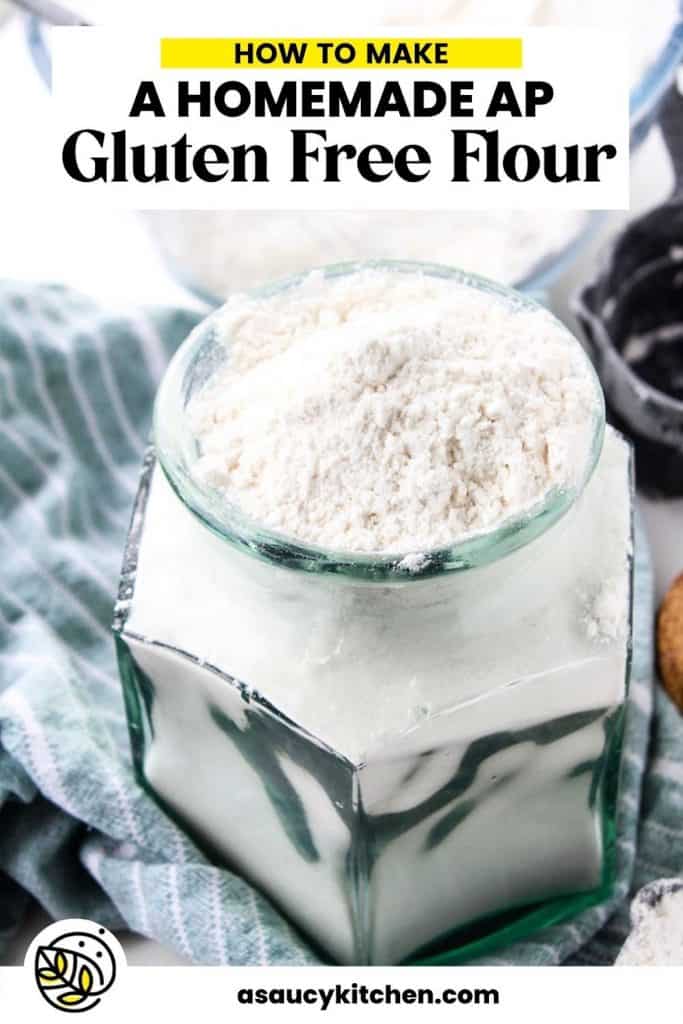
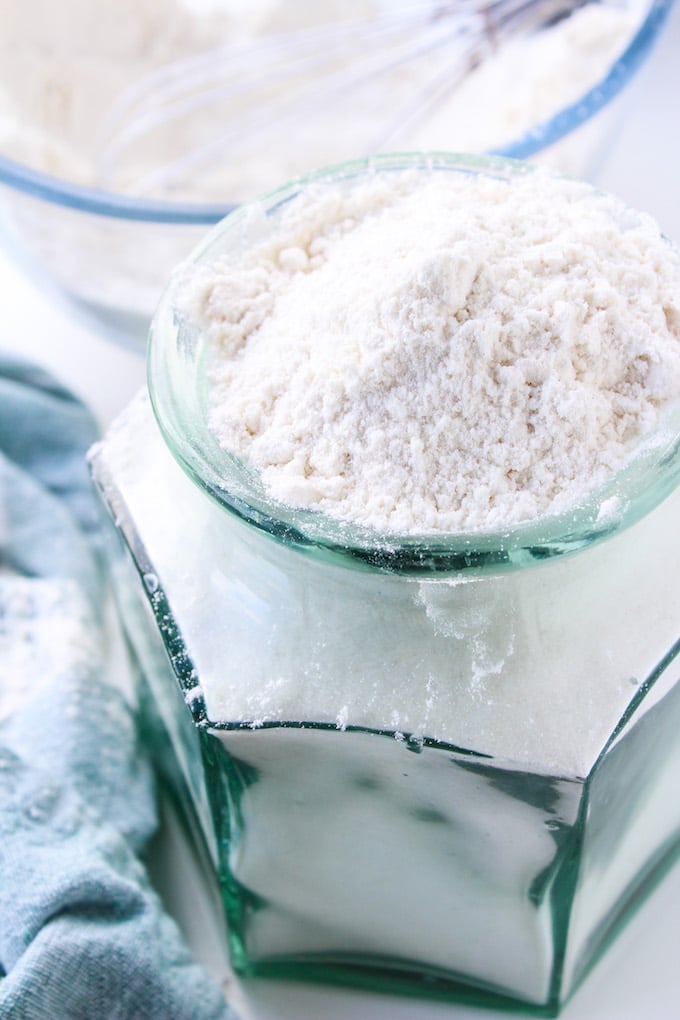
Homemade Gluten Free Flour Blend
Easy to make homemade gluten free flour blend - perfect for baking cookies, muffins, cakes, and more
Ingredients
- 1 1/4 cups White Rice Flour (175 g)
- 3/4 cups Brown Rice Flour (105g)
- 2/3 cup Potato Starch (110g)
- 1/3 cup Tapioca Starch (40g)
Instructions
- Add all your flours to a bowl and whisk together. Take the time to fully blend everything together evenly. You can also toss your flours to a blender/food processor to blend.
- Store in an airtight jar/container.
Notes
Adapted from Land O Lakes Makes about 3 cups, can easily be multiplied
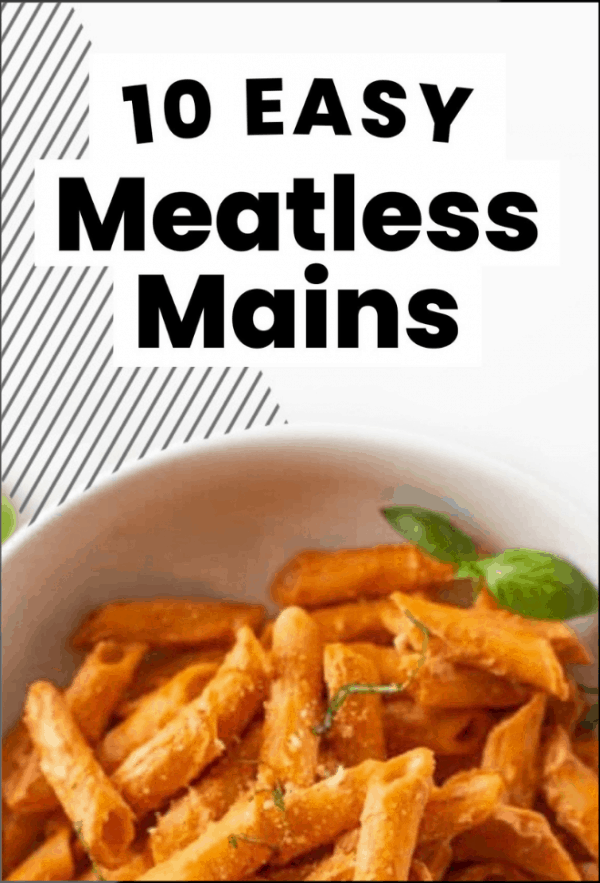
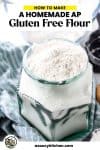
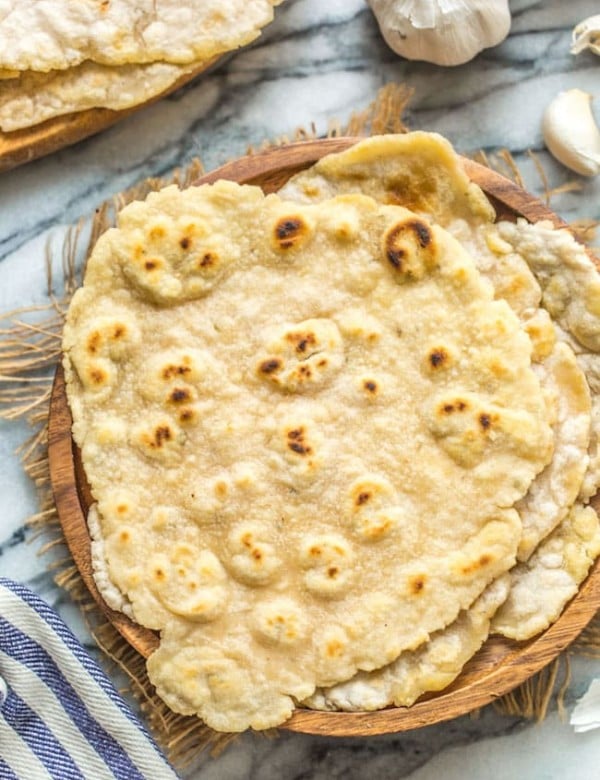
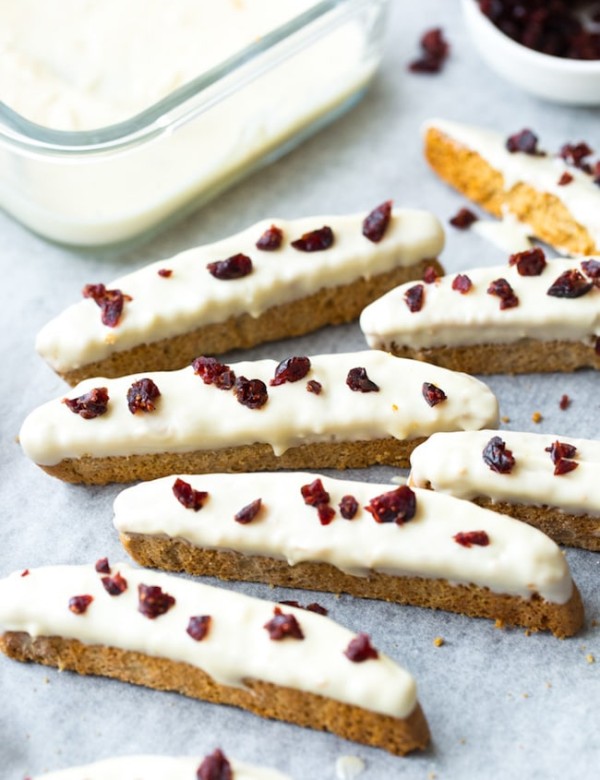
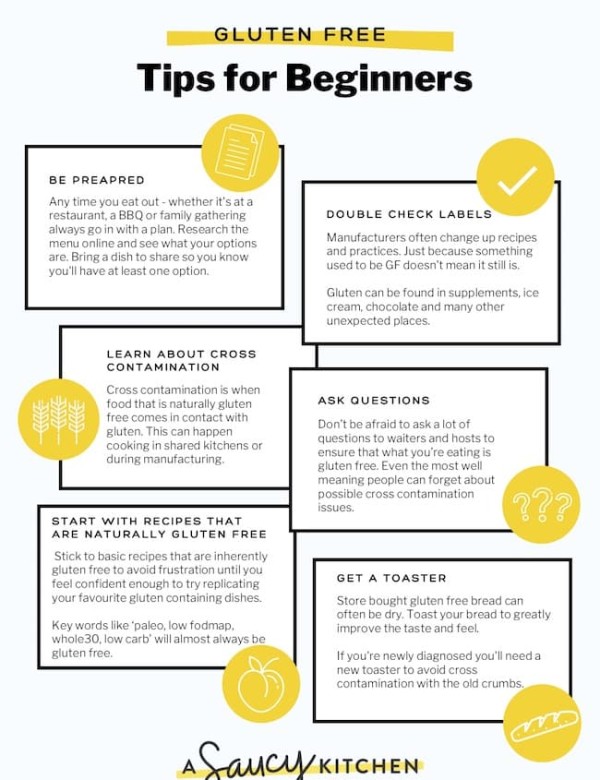
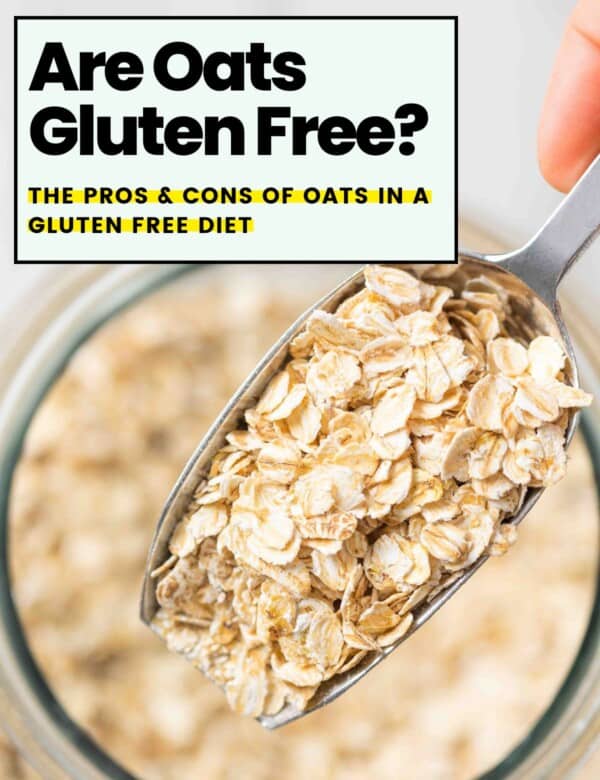
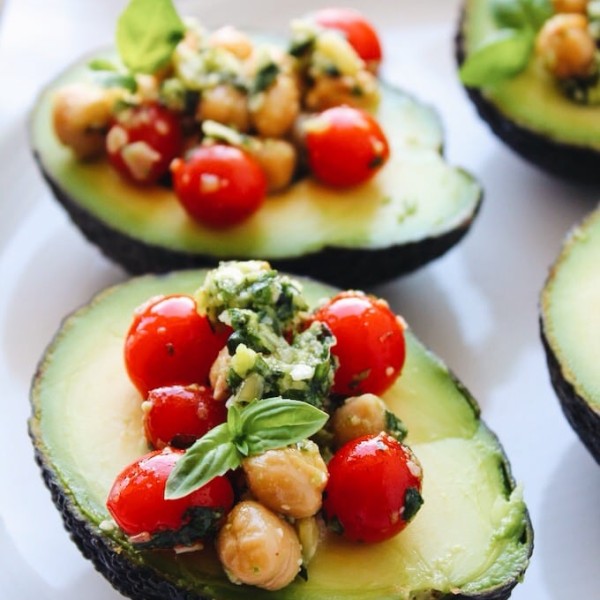
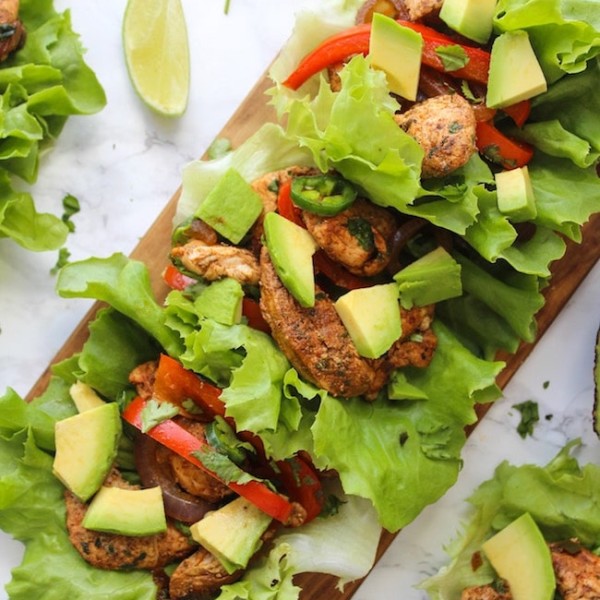
Amy says
Will using a rice blend of purple, red and brown work? Will there be different cooking times or more moisture needed?
Sarah Nevins says
Hi Amy! To be honest, I’m not too experienced with either purple or red rice. That being said, I’m pretty confident that that the different types of rice/rice flour would need different cooking times and hydration levels. Without playing around with the amounts/flour blends I’m afraid I can’t be too much help here!
Gen says
Hi, Sarah! If I don’t have brown rice flour, can I use 2 cups of white rice flour instead? Thanks!
Sarah Nevins says
That will still work!
Sandra says
I have just been reading your recipe for Blueberry scones and note your comments about xanthan gum and psyllium husk for binding, however your GF flour mix contains neither. Is this still ok to use as a direct swap for regular flour in ‘normal’ recipes? Thanks
Sarah Nevins says
Hi Sandra! If you’re wanting to use this flour to replace recipes that typically contain gluten then I would recommend buying xanthan gum and adding 1/4 teaspoon of xanthan for every one cup of flour used. If you plan on doing a lot of gluten free baking it’s definitely an ingredient that is worth having on hand because it helps to bind ingredients together (so they don’t fall apart) and holds on to moisture (so your baked goods don’t get too dry).
Often times, recipes that are designed to be gluten free address the issues of dryness and crumbling by including extra moisture, fat and/or starch (meaning you don’t always need a binder like xanthan or psyllium).
Since ‘regular’ recipes don’t need to think about the extra moisture/binding it’s almost always recommended to use a gluten free flour blend that already contains xanthan gum OR has xanthan gum added along with the other dry ingredients when mixing.
If you’re interested in learning a bit more about xanthan gum I do have a post that goes into more detail on it here: https://www.asaucykitchen.com/xanthan-gum-gluten-free-baking/
Hopefully I haven’t rambled on too much here to the point of not making sense 😀 All this to say – yes you should be able to use the blend in regular baking, just make sure to add 1/4 teaspoon xanthan for every cup used.
Ben says
Hi, thanks for this recipe. I’m due to make a cake for tomorrow but the shop I ordered tapioca flour from has let me down. Have you tried making this with just rice and potato flour?
Sarah Nevins says
Hi Ben! I haven’t tried making anything with just rice and potato starch so I’m not totally sure. The closest I’ve tried is using only rice and tapioca starch. Generally, tapioca and potato starch are interchangeable to a point – potato starch is much heavier than tapioca so typically it will make for baked goods that are much more dense. You might be better off using a gluten free flour blend for your cake if that’s an option.
Linda E Clark says
Hi thanks for great info, I am
not meant to have rice🙄
What can I substitute for the rice flour, thanks again Linda
Sarah Nevins says
Hi Linda! Since this flour blend really relies heavily on rice flour it might not be the best one for you. You might prefer this one instead from Savor The Best :https://savorthebest.com/ancient-grains-gluten-free-flour-blend/